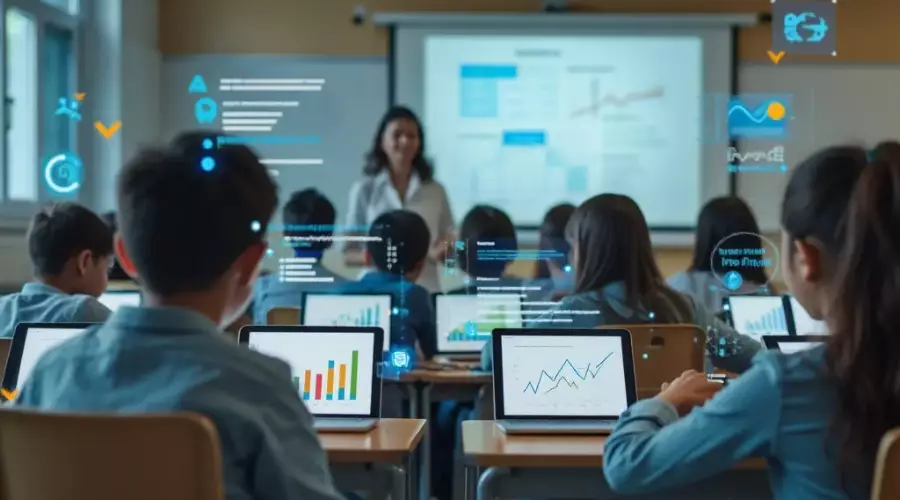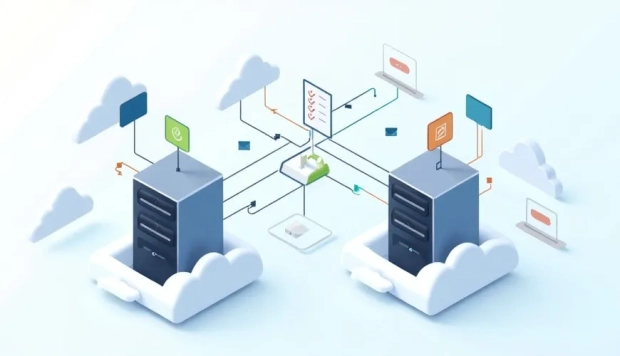The Rise of AI in Academic Assistance

Artificial intelligence is no longer just a buzzword in tech. It is a part of everyday learning. From savvy academic tools that help organise study time to platforms that adjust to a student's pace, AI is influencing how education works. This article looks at how AI is helping students and teachers alike. It covers where these tools came from, how they're used now, what problems they solve, and what we can expect next.
Evolution of AI in Academic Settings
Back in the early 2000s, educational software was mostly limited to practice quizzes, basic video lessons, and static tutorials. These tools were helpful but didn't adapt to how students actually learned. That's where artificial intelligence started to make a difference. It allowed systems to become more responsive, tracking how someone interacts with content and adjusting based on that behaviour.
This period includes two pioneering AI-based educational projects:
- AutoTutor
A sophisticated digital tutoring system developed by researchers. Unlike earlier tools, it guided students through complex problems by responding naturally in complete sentences, particularly in subjects like science and reading comprehension.
- Project LISTEN
An innovative reading tutor utilises speech recognition technology to actively listen while children read aloud, offering instant corrective feedback that helps students quickly improve their reading skills.
As AI matured, its role in online learning expanded. Platforms offering large-scale courses, such as MOOCs, began to use AI to personalise lessons, quizzes, and even discussion prompts. Tools also emerged to help students handle specific parts of their coursework. One that stands out for writing tasks is the AI essay writer by CustomWriting, which supports learners by offering straightforward structure suggestions, tone adjustments, and content refinement based on user input. It doesn't replace the writer but provides a reliable starting point when ideas aren't flowing.
Personalized Learning Experiences
Most classrooms aim to teach everyone the same way, but not all students learn the same way. That's where AI steps in. It allows learning tools to respond to each student individually, based on how they answer questions, how fast they progress, and even where they tend to struggle.
Modern adaptive learning platforms monitor a student's activity in real time. The platform might raise difficulty if a learner moves quickly through a section. It shifts to more straightforward explanations or offers extra practice if they're stuck. This kind of flexibility helps students stay engaged without feeling lost or bored. Platforms like Brainence exemplify AI-powered platforms that personalize learning, tailoring content to student behavior, pace, and engagement levels.
The impact of these systems goes beyond convenience. Many students now rely on AI homework help in their daily routine. Studies indicate that when content is matched to a student's level, they tend to retain more, complete tasks faster, and feel more confident moving forward. It's no longer about working harder. It's about working smarter.
Benefits of personalized learning with AI:
- Students remain engaged as content matches their level.
- Faster retention and more profound comprehension of topics.
- Increased confidence and improved academic performance.
Apps like Duolingo show how this works in everyday use. When you miss a grammar point, it appears more often until you get it right. The system constantly adjusts, aiming to match your progress without overwhelming you.
AI Tools for Improved Academic Assistance
AI has gone from being a novelty to a regular part of how many students study. Thus, its services have stepped in to reduce stress and save time. Below are some of the most common areas where AI offers real help.
Study Aids
Keeping up with readings and class notes is one of the greatest challenges in education. AI-powered summarisers like NoteGPT and Jamie help turn long-form content into bite-sized highlights. Instead of rereading entire chapters, students can scan the essentials and move on with clarity.
Additionally, for those studying a second language, apps like LanguageTool or QuillBot make corrections more accessible. They don't just fix spelling. Moreover, they explain what went wrong, so users learn something. Supplemental printable resources such as those from 15Worksheets can be paired with AI tools to reinforce learning through traditional practice.
Research Support
To perform research well takes time - and a lot of it. AI tools like the SciSpace online platform scan research databases to bring up relevant articles faster, showing summaries, citation suggestions, and topic clusters. As a result, they cut through the noise and help users focus on material that fits their topic.
Citation tools and plagiarism checkers have also improved. With just a few clicks, students can generate properly formatted references or run a check to confirm that their work is original. These apps support academic honesty without slowing down the process.
Time Management
Time management is a skill. Tools like Reclaim and Trevor AI look at your calendar and recommend when to study, when to rest, and how to spread out tasks over the week. Some even offer nudges and deadline reminders when it matters most.
Rather than depending on memory or notes, students can establish structured and adaptive study plans effortlessly. Consequently, they can devote more energy to actual coursework rather than just planning tasks.
Balance Between AI Assistance and Human Input
AI has become valuable in education, yet relying solely on technology does not fully benefit students. Effective learning requires automated tools and human oversight to maintain quality and depth.
How Educators Guide AI Use
Teachers play an essential role in guiding students on how to use AI responsibly. They introduce practical methods for integrating AI without sacrificing critical skills. Teachers remind learners that AI tools offer suggestions, not definitive answers. Essential skills such as critical thinking, creativity, and independent reasoning must remain at the forefront of education.
Educators emphasize several key points to students:
- AI tools serve as assistance, not replacements for human effort.
- Students should use AI thoughtfully, verifying results with independent thinking.
- Creative problem-solving and curiosity remain central to academic growth.
Ethical Challenges
Schools and universities must set clear guidelines and boundaries to address these issues transparently. Overdependence on AI can negatively affect students' independent thinking skills and weaken academic performance. Another concern is academic honesty. Without clear policies, students might produce work that lacks originality or genuine effort.
Institutions should implement:
- Clear rules about acceptable AI usage.
- Regular discussions about academic honesty.
- Transparency about data privacy policies and AI-driven data collection.
AI as Support for Collaboration
AI tools can effectively support collaborative activities, especially when used alongside traditional methods. For example, during group projects, AI helps summarise feedback quickly, highlight key discussion areas, and ensure balanced participation among members. These tools often provide real-time support. Peer review sessions supported by AI can also streamline the evaluation process, ensuring feedback remains consistent and fair.
Challenges and Limitations
AI raises essential concerns that schools and developers can't ignore. If these issues go unchecked, they risk making learning less fair, not more.
1. Accessibility Gaps
Not every student has the same level of access to AI tools. Some learners use school laptops and stable internet; others don't. This gap becomes a serious issue when AI becomes part of everyday learning. Students who can't access reliable tech may fall behind, not because of a lack of effort, but because of a lack of opportunity.
2. Data Privacy Risks
To work properly, many AI tools collect data - names, grades, habits, and more. But storing that kind of personal information opens the door to privacy issues. If a system is not built with strong protections, student data could end up in the wrong hands.
3. Bias and Inaccuracy in Algorithms
AI isn't neutral. It learns from existing data, and that data often reflects real-world biases. This means AI systems can deliver less accurate results for certain groups of students.
Future Prospects of AI in Education
AI in education continues to evolve rapidly. Soon, virtual reality combined with AI may let students explore immersive lessons, making complex subjects easier to grasp. AI-powered virtual mentors and AI avatars could provide constant, personalized support, helping students progress smoothly. Yet, clear policies must guide AI use, ensuring fairness and privacy. To build trust, schools will need transparency about how these technologies function, including potential biases.
Conclusion
AI has already started improving how we learn. But to make the most of it, everyone involved in education - teachers, students, and decision-makers - needs to work together. AI should support human learning, not replace it. When used with care, it can help make education more effective and accessible for all.



